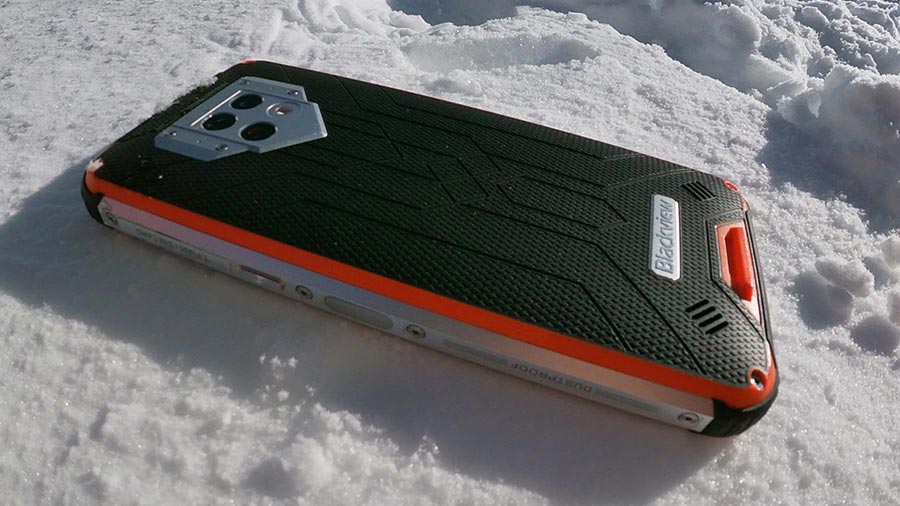How does your smartphone recognize fingerprints?
Welcome to Blackview blog.
Phones recognize fingerprints using a variety of technologies, including optical, capacitive, and ultrasonic sensors.

Optical sensors work by taking a picture of the fingerprint and then using software to analyze the ridges and valleys in the skin. This is the oldest and most common type of fingerprint sensor, and it is relatively inexpensive to manufacture. However, it is also the least accurate type of sensor, and it can be fooled by fake fingerprints.
Capacitive sensors work by measuring the electrical capacitance of the skin. The ridges and valleys in the skin create different electrical charges, and the sensor can use this information to create a map of the fingerprint. Capacitive sensors are more accurate than optical sensors, and they are less likely to be fooled by fake fingerprints. However, they are also more expensive to manufacture.
Ultrasonic sensors work by emitting sound waves and then measuring the time it takes for the sound waves to bounce back off the fingerprint. The ridges and valleys in the skin create different echoes, and the sensor can use this information to create a map of the fingerprint. Ultrasonic sensors are the most accurate type of fingerprint sensor, and they are also very difficult to fool with fake fingerprints. However, they are also the most expensive type of sensor to manufacture.
Once the phone has created a map of the fingerprint, it compares it to a stored template to verify the identity of the user. If the fingerprint matches the template, the phone will unlock or allow the user to perform other authorized actions.







